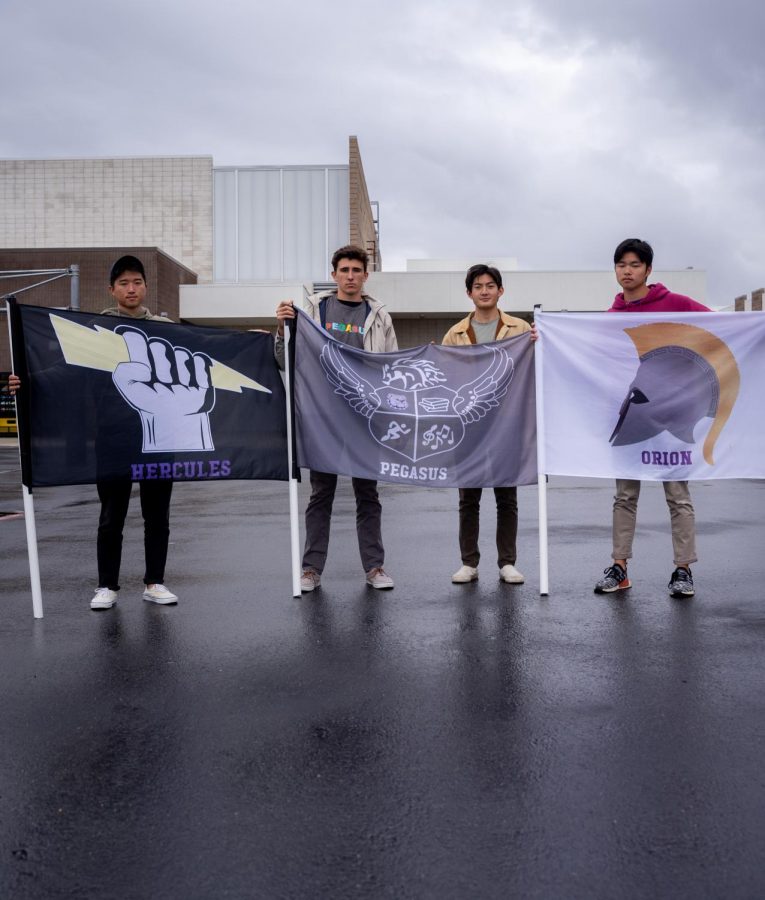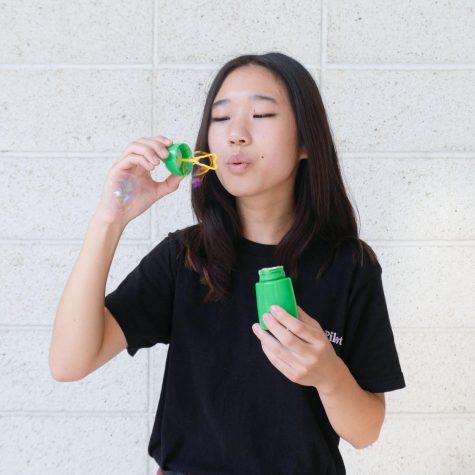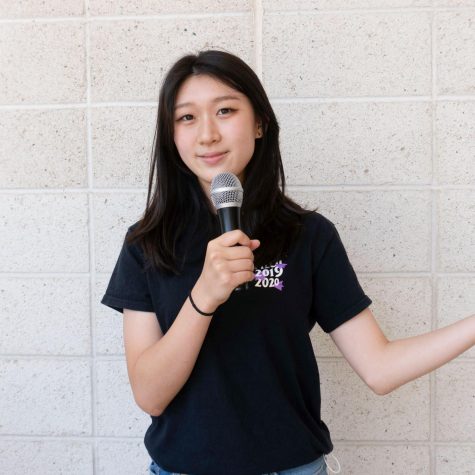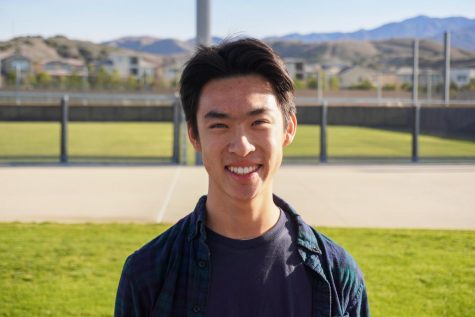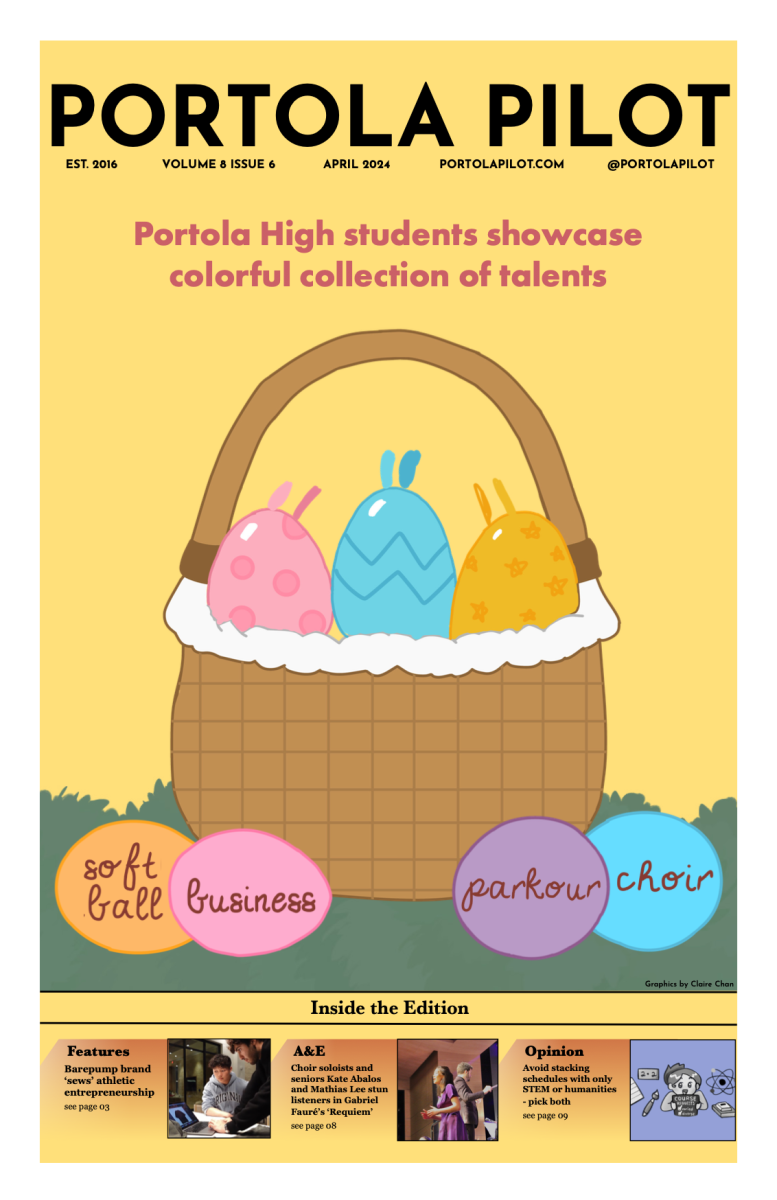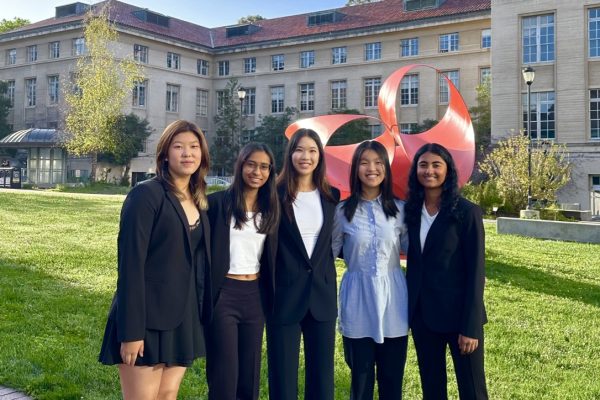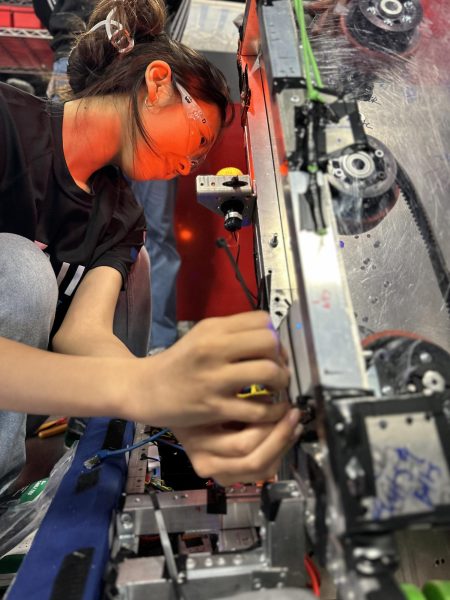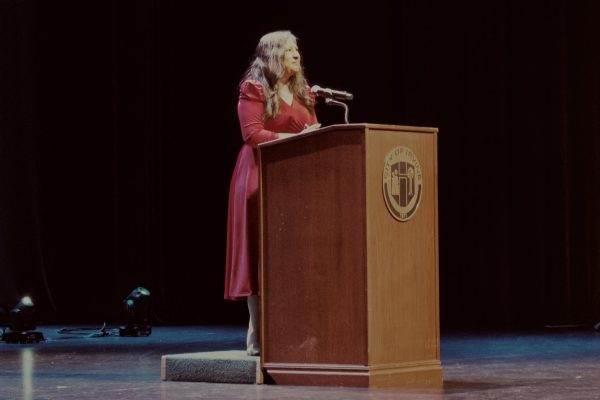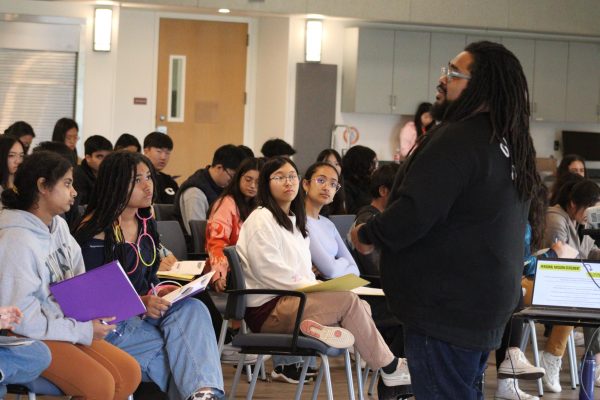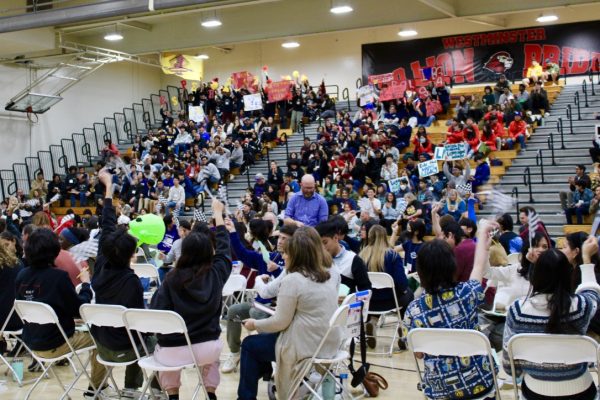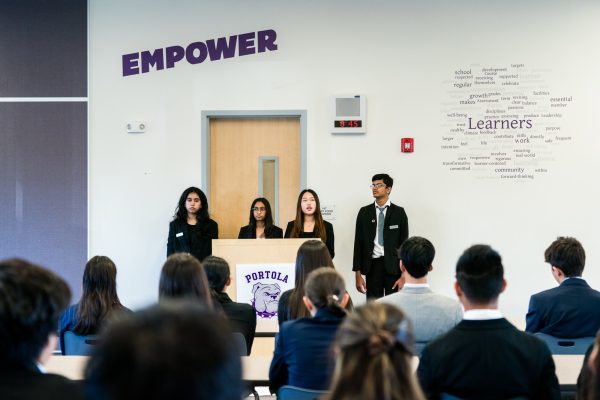Portola Makes Transition to Class System
Sophomore Ryan Jung and seniors Kaveh Wojtowich, Matthew Vo and Taira Asakura hold their house flags as Portola’s last house presidents before the transition to the class system.
March 23, 2020
Administration and ASB will shift the house system into a class system by electing class presidents and vice presidents for the 2020-21 school year. To create a more unified school atmosphere, the class structure will group students of the same grade level together, unlike the house structure, which grouped students of varied classes.
“We were getting a lot of perspective from ASB also, and I know they were kind of pushing for the class system. A lot of people wanted to hold onto the current structure, and there were a lot of people that wanted to just let it shift,” principal John Pehrson said. “We felt like this was one thing that we could [do to] support the majority of what the student body was wanting.”
As the first Irvine school to implement the house structure, Portola initially intended for the system to promote unity between different classes and encourage connections that would not usually be created through a standard class system.
“The house system was meant to create bonds between students of different classes, and so you’d make friends with sophomores and freshmen if you were a junior [or] senior,” ASB secretary and senior Priscilla Hui said. “You’d lose that connection and getting to know people from different classes that you don’t normally get to interact with. So that would be a really huge disadvantage, but there’s so many pros of being a class system school.”
Administration and ASB eventually noticed that this structure prevented students from developing friendships within their own house, as students from different classes lack shared experiences. These disparities affected the student body’s energy during pep rallies and other school events.
While some are concerned about the potential for an unhealthy rivalry caused by the class system, the staff members plan on incorporating a mentoring program to maintain student unity, according to Pehrson. Through this transition, administration is hoping to increase school spirit, strengthen intraclass bonds and create a traditional high school experience.
“Regardless of if you’re freshman, sophomore, junior, senior, you fit in; you have a place here,” social studies teacher and co-activities director Emily Sheridan said. “I would hope that no matter what we do, our school remains [a] really positive and caring community for everyone no matter what grade level they are in.”



